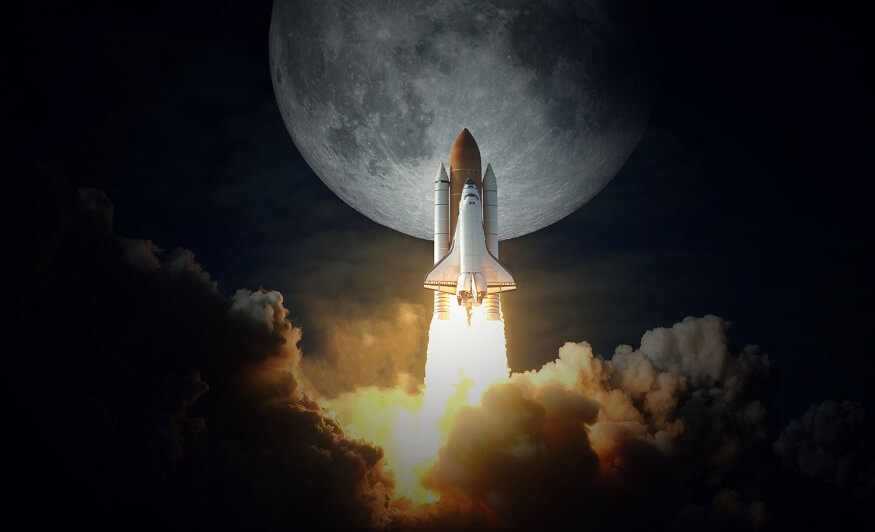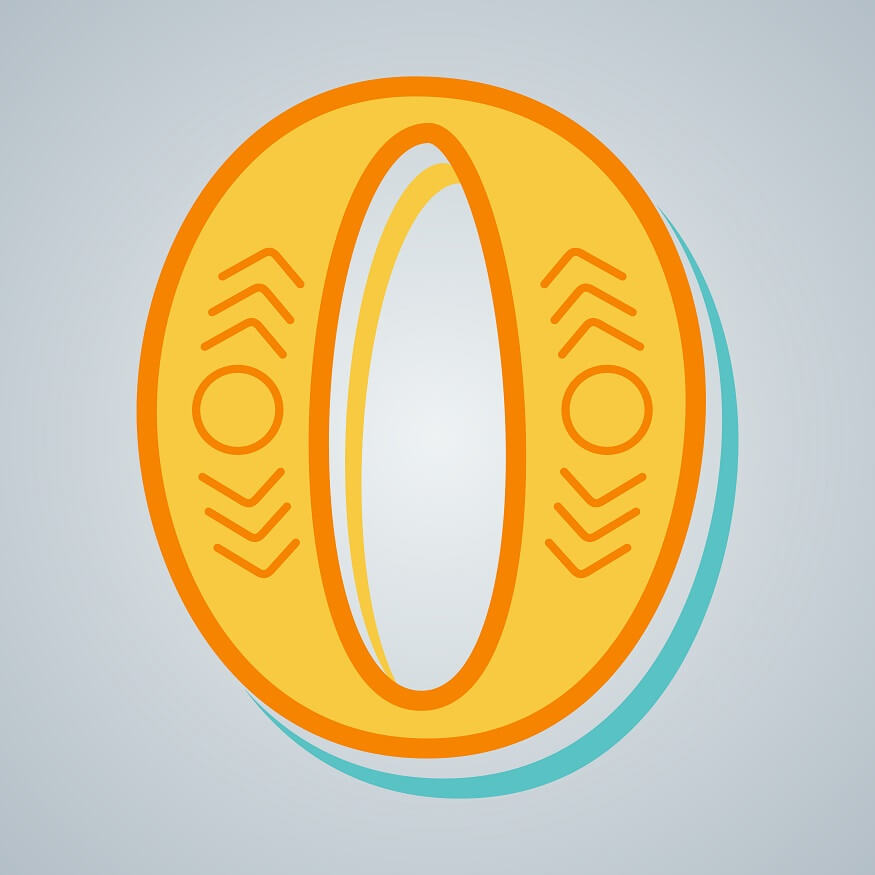Humanity has launched innumerable space missions in an effort to learn more about the cosmos. Chandrayaan-2, India’s second lunar exploration mission, is a noteworthy achievement in this endeavour. Chandrayaan-2 attracted attention worldwide and demonstrated the expanding capabilities of the Indian Space Research Organisation (ISRO) with a successful launch on July 22, 2019.
Also Read: Tips To Get Children Interested In Space Science
What is mission Chandrayaan
Chandrayaan, meaning “Mooncraft” in Sanskrit, is a two-part lunar exploration mission led by the Indian Space Research Organisation (ISRO). The first part of the mission, known as Chandrayaan-1, was launched in October 2008. It consisted of an orbiter and an impactor.
The orbiter was designed to circle the Moon and carry out various experiments, including high-resolution remote sensing in visible, near-infrared, low energy X-rays and high-energy X-ray regions. One of its primary objectives was to map the Moon’s surface for chemical and mineralogical content.
The impactor, named Moon Impact Probe (MIP), was designed to be released from the orbiter and strike the Moon’s surface. As it descended, the MIP collected data about the Moon’s thin atmosphere, or “exosphere”.
One of the most significant accomplishments of the Chandrayaan-1 mission was the discovery of water molecules on the lunar surface, transforming our understanding of the Moon’s geology and atmosphere.
Chandrayaan-2, launched in July 2019, is the second lunar exploration mission by ISRO. It consisted of a lunar orbiter, a lander named Vikram, and a lunar rover named Pragyan. Chandrayaan-2’s primary objective was to demonstrate the ability to soft-land on the lunar surface and operate a robotic rover, as well as to study the lunar topography, mineralogy, elemental abundance, lunar exosphere, and signatures of hydroxyl and water ice.
The lander unfortunately lost contact with ISRO during its descent and was unable to make a successful landing. Despite this, the orbiter has been a resounding success and continues to study the lunar surface and atmosphere, providing invaluable data to scientists back on Earth.
Also Read: Interesting Facts about Space for Kids
About Chandrayaan-2 Launch Date
On July 22, 2019, the world watched as ISRO successfully launched Chandrayaan-2 from Satish Dhawan Space Centre, Sriharikota, marking a proud moment for the nation. It was the culmination of years of meticulous planning and tireless work by some of India’s brightest scientists.
The launch vehicle, Geosynchronous Satellite Launch Vehicle Mark III (GSLV Mk III), known as ‘Bahubali’, carried three critical components of the mission: an orbiter, a lander (Vikram), and a rover (Pragyan).
Mission Chandrayaan-2
Chandrayaan-2 aimed to build upon the discoveries of its predecessor, Chandrayaan-1, and achieve a soft landing near the lunar south pole – an unexplored region in lunar missions until then. The lunar south pole is believed to contain water ice, a vital resource for future human exploration missions.
The mission consisted of three key components. The orbiter, designed to orbit the moon, carried eight scientific payloads to study the lunar surface and exosphere (the thin atmosphere around the moon). The lander, named Vikram after Dr Vikram Sarabhai, the father of Indian space research, was equipped with three scientific instruments to study moonquakes and the lunar surface’s thermal properties. The rover, Pragyan (Sanskrit for ‘wisdom’), housed two scientific payloads to analyse the lunar soil’s elemental composition.
While the lander and the rover were designed to operate for one lunar day (approximately 14 Earth days), the orbiter, with its suite of advanced scientific instruments, continues to function and provide valuable data about the moon.
Also Read: Amazing earth science, life science facts for students
Chandrayaan-2 Facts for Kids
Here are some facts about Chandrayaan 2 that everyone would love to know:
- A Trip to the Moon:
- A Special Landing Spot:
- The Moon’s Own Weather Station:
- Robot on the Moon:
- Made in India:
- A Day on the Moon:
Imagine travelling from your house to a friend’s place who lives at the other end of the city. Now, think bigger. Chandrayaan-2 travelled a whopping distance of about 384,400 kilometres from Earth to the Moon. That’s equivalent to travelling around the Earth nearly ten times!
Chandrayaan-2 was the first space mission to attempt a soft landing near the lunar south pole. This region of the Moon is unique because it has areas that remain in shadow, making it cooler and ideal for preserving water ice.
Just like we have weather stations on Earth, Chandrayaan-2’s orbiter acts as a weather station for the Moon, collecting data about its exosphere.
The Pragyan rover of the Chandrayaan-2 mission was like a robot on the Moon. It could move on six wheels and was designed to conduct chemical analysis of lunar soil – a bit like a scientist doing experiments in a lab!
Chandrayaan-2 was an entirely indigenous mission. From the smallest screw to the powerful rocket engine, everything was designed and made in India.
A day on the Moon is not like a day on Earth. It lasts for about 14 Earth days. Vikram and Pragyan were designed to carry out their experiments for one lunar day.
Chandrayaan-2: A Proud moment for India
Here are some of the specific ways in which Chandrayaan 2 was a proud moment for India:
Chandrayaan 2 was a proud moment for India for a number of reasons. First, it was India’s second mission to the moon, and it was the first mission to attempt a soft landing on the south pole of the moon. This was a significant achievement, as the south pole of the moon is a very challenging place to land due to the presence of craters and other obstacles.
Second, Chandrayaan 2 was a major technological achievement. The mission involved the development of a number of new technologies, including a new type of lander and a new type of rover. These technologies will be used in future missions to the moon and other planets.
Third, Chandrayaan 2 was a major scientific achievement. The mission carried a number of scientific instruments, which were used to study the moon’s surface, its atmosphere, and its interior. The data collected by these instruments will help scientists to better understand the moon and its formation.
Finally, Chandrayaan 2 was a source of national pride for India. The mission was seen as a sign of India’s growing technological prowess and its commitment to space exploration. It inspired young people across India to dream big and to pursue careers in science and technology.
Also Read: Science Stream Career Options after 10th & List of Courses after 12th
Chandrayaan-2 signifies a massive leap in space exploration, showcasing India’s growing prowess in the field. Although the mission faced a setback with the loss of the Vikram lander, it was largely successful, providing rich data about the Moon’s composition and atmosphere. As the orbiter continues to journey around the Moon, it inspires young minds across the world, illustrating the fascinating world beyond our planet and the endless possibilities that space exploration offers. Indeed, every detail of the Chandrayaan-2 mission embodies the essence of the famous phrase, “The sky is not the limit.”
EuroSchool ignites passion for space science in students through its innovative curriculum, hands-on experiments, and interactive learning experiences. By fostering curiosity and providing opportunities for exploration, EuroSchool inspires the next generation to reach for the stars and embark on exciting journeys in the realm of space.










